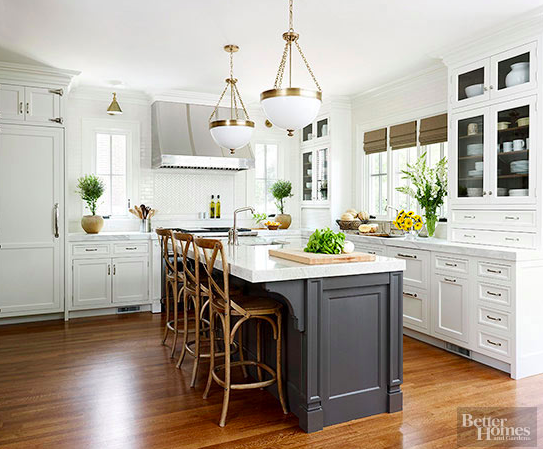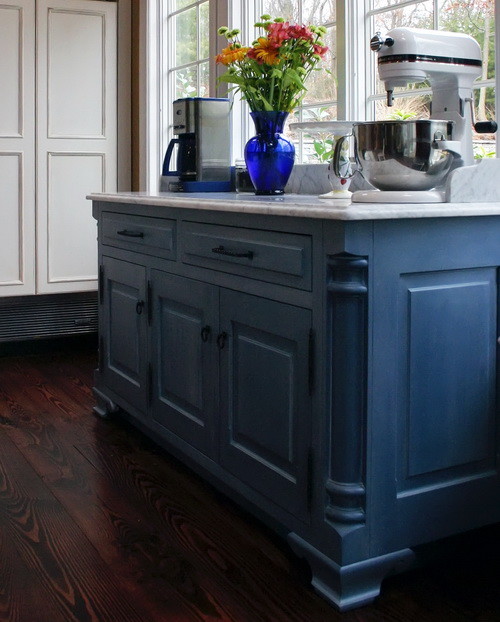Necessary Tips for Picking the Perfect Table for Your Kitchen
Selecting the excellent eating table for your cooking area is even more than simply a matter of preference; it necessitates a detailed understanding of your room and needs. The shape of the table plays an essential duty; while rectangle-shaped tables match bigger locations, rounded ones foster affection, and extendable alternatives offer versatility. The table ought to harmonize with your kitchen's visual appeals and fit your family members comfortably.
Step Your Space
Picking the excellent dining table begins with a thorough evaluation of your readily available area. This foundational step guarantees that the table not just fits easily within the area however additionally complements the general layout and functionality of your dining area.
It is necessary to leave adequate space for chairs to be pulled out and for people to move around the table without obstruction. A general regulation of thumb is to enable at the very least 36 inches of clearance from the edge of the table to the closest wall or piece of furniture.
Additionally, think of the variety of individuals you generally entertain and whether you need extra area for guests. Going with an extendable table can offer versatility, permitting you to suit varying varieties of restaurants. By precisely determining your area, you prepared for choosing a table that improves both the looks and performance of your dining location.
Choose the Right Forming

On the other hand, round tables are superb for smaller kitchen areas or intimate celebrations, as they advertise conversation by enabling everybody to face each other. They additionally supply a sense of comfort and can fit well in tighter rooms due to their absence of sharp corners. Oblong tables offer the very best of both worlds, integrating the length of rectangle-shaped tables with the affection of round ones, making them flexible for numerous setups.
Square tables are another option, specifically suited for square-shaped areas. They develop a modern and symmetrical appearance, promoting an equivalent dining experience for all seated. Nonetheless, they may be less practical for bigger gatherings unless they feature expansions. Ultimately, the form you select ought to straighten with your room dimensions and way of life to make certain both kind and feature.
Product Factors To Consider
When selecting an eating table, material factors to consider are vital in determining the table's resilience, maintenance needs, and overall aesthetic. Timber is a traditional choice, supplying classic allure and effectiveness.
Glass-topped tables offer a modern-day, smooth look and can make a space show up larger due to their transparency. They call for constant cleaning to avoid fingerprints and smudges. Furthermore, tempered glass is recommended for its additional stamina and security.

Lastly, composite materials like MDF (Medium-Density Fiberboard) or plywood are economical alternatives. These products can simulate the look of solid wood but may not offer the same longevity. They are usually simpler to clean but can be susceptible to water damages otherwise correctly sealed.
Inevitably, the choice of product need to straighten with your kitchen's design, your lifestyle needs, and your budget restrictions. (kitchen island legs)
Seats Ability and Convenience
How do you establish the appropriate seating capability and convenience for your table? This essential action includes assessing both the physical area offered in your kitchen area and your family's practical demands. Begin by measuring your kitchen location to make sure the table fits conveniently, permitting at the very least 36 inches of clearance around it for simple motion. Think about the variety of individuals that normally eat with each other, as this will influence the table size. For a family members of 4, a rectangular table of 48 inches long or a round table with a 48-inch diameter is generally sufficient.
Comfort is just as necessary. The elevation of the table ought to ideally be around 30 inches, offering a balanced ergonomic position for seated diners. Chairs need to have a seat height of 18 to 20 inches to guarantee a comfortable eating pose. In addition, take into consideration the chair design; upholstered seats and encouraging backrests can boost eating comfort significantly, particularly during prolonged meals.
Design and Appearance
Picking a table that suits your style and aesthetic appeal involves stabilizing individual taste with the existing style of your eating area. The table is often the centerpiece of the cooking area, and its style ought to enhance the overall theme of the room. Whether your kitchen area boasts a modern, minimal look or a rustic, farmhouse appeal, the table you choose ought to balance with these aspects to produce a cohesive and welcoming environment.
Think about materials thoroughly; timber offers a classic charm and can range from abundant mahogany for a traditional want to lighter oak for a contemporary feel. Metal and glass tables, on the various other hand, can introduce a streamlined, commercial edge to your kitchen area. Don't overlook the table's form-- rectangle-shaped tables are flexible and classic, while round and oblong choices can foster an extra intimate eating experience.
In addition, pay close attention to information and coatings. A troubled surface could add personality and heat, whereas a glossy surface area can add to a clean, contemporary visual. Ultimately, your table must not just fit seamlessly right into your cooking area's layout yet additionally reflect your individual design, raising the room both functionally and aesthetically.
Verdict
In verdict, selecting the perfect table for a cooking area demands mindful evaluation of room, shape, material, seating ability, and additional resources visual consistency. Ensuring a minimal clearance of 36 inches facilitates comfortable motion, while the selection of shape enhances spatial characteristics. Material choice effects resilience and layout, making it critical to line up with the kitchen area's total aesthetic. Ultimately, a well-chosen table fosters a welcoming atmosphere and fits the household comfortably, thus enhancing the dining experience.

When choosing an eating table, material considerations are paramount in identifying the table's durability, maintenance needs, and total visual. For a household of four, a rectangular official statement table of 48 inches long or a round table with a 48-inch size is typically sufficient.
Do not neglect Web Site the table's shape-- rectangular tables are traditional and flexible, while round and oblong options can foster an extra intimate eating experience. kitchen island legs.
Comments on “Kitchen Island Legs: Include Capability and Design to Your Room”